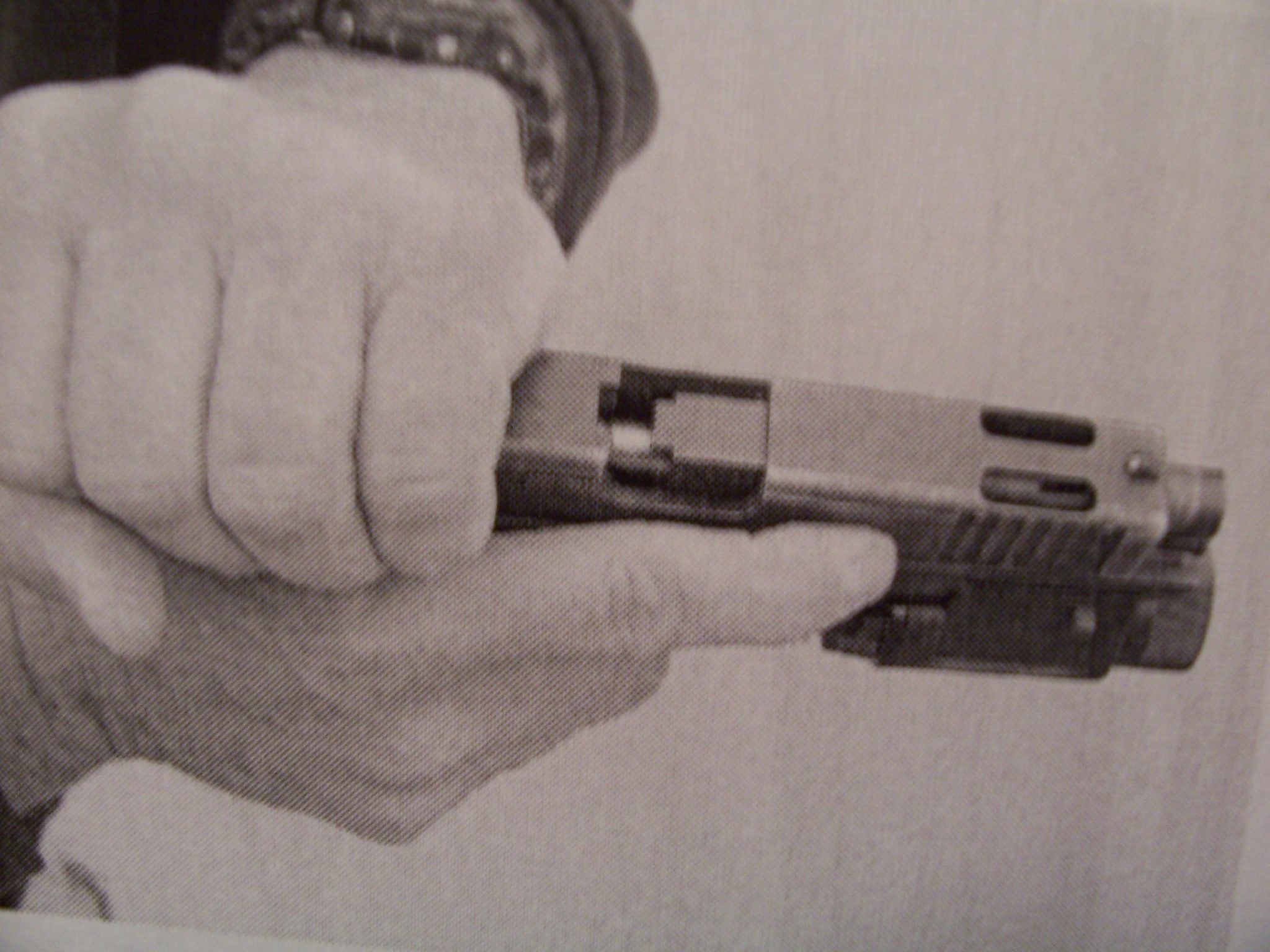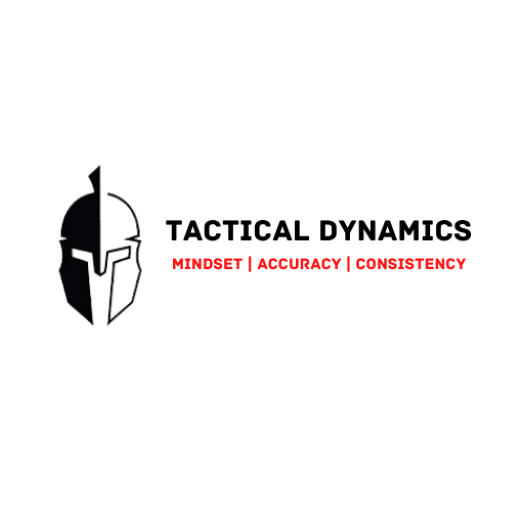
24 Mar Press Checks: Do Them or No? Here’s What the Experts Say.
The worst sound in the world, and most definitely the loudest, is a resounding “click…” when you were expecting a “bang.”
Its even worse when you really needed that weapon to go bang!
Congratulations. You have a dead man’s gun.
IF you were in training at one of our classes… grab your buddy and go ring the gong.
Forgot to mention…. that gong is at least 50 yards away and all of your kit goes with you.
IF you were actively trying to engage an actual lethal threat, your Immediate Action game better be on point. Fix it and stop the threat.
So… how could all of this been avoided? Simple Answer: Press check that ‘sumbitch.
IT’S FREE! Literally doesn’t cost you anything. At all.
But what do the other experts say?
TRAVIS HALEY
The gist of the video is pretty clear: If you do it, do it right and the same way every time. Repetition breed success. Press checking CONFIRMS that the gun is loaded and ready to rock.
KEN HACKATHORN
I have much respect for Ken as he is a walking talking American bad ass and a hell of an instructor. I do disagree with him on press checks. Here’s what he said in a Soldier System’s Daily Gunfighter Momenthttp://soldiersystems.net/2015/08/08/gunfighter-moment-ken-hackathorn-13/ article:
The other practice that gets me is the obsessive ‘press check’ of the pistol or carbine when they prepare to shoot a drill or stage. If you loaded before you placed in in your holster or before you put the safety on the carbine; they don’t secretly unload themselves before you fire it again. Stop doing these stupid moves. Man up and act like a professional gun handler. ALL GUNS ARE ALWAYS LOADED. Treat them accordingly, and once you load it, learn to trust the fact that it is ready to go bang; don’t keep fingering it doing ‘press checks’. – Ken Hackathorn
I get what he’s saying here… however I fail to see how making sure your weapon is loaded is a bad thing. Older doctrine teaches that all guns are loaded. It makes more sense to me to have the shooter know the status of his/her weapon at all times. Life happens and things get weird when the stress monsters start coming around.
KYLE LAMB
With over 25 years of military service in the US Army’s premiere unit, Delta Force/CAG, Kyle Lamb has his trash packed tight. Here’s his take on press checks from an article in American Rifleman:
After allowing the bolt slam into battery, confirm that there is a round in the chamber. Some shooters prefer to conduct a press check by pulling the bolt carrier slightly to the rear to visually or digitally (with their finger) confirm there is a round in the chamber. That does work, but the issue is getting the bolt back into the locked position. A more reliable check is to drop the magazine from the rifle and feel where the top round now lies (3.). A full 30-round magazine, or one holding 28 rounds, will have the top cartridge sitting on the right side of the magazine follower. Once you have chambered the first cartridge, the top round in the magazine should be on the left-this can be seen and felt as you hold the magazine in your hand (4.). After confirming that the top cartridge is on the left, place the magazine back into the magazine well and pull down after you feel or hear the click. You are now successfully loaded (5.). There is one small step remaining. Close your dust cover. This small cover does make a difference, as it will help to keep dust and dirt from entering the bolt carrier group, which will help with reliability – Kyle Lamb
This is the EXACT procedure I utilize when loading my rifle administratively when getting ready to hit the range. Take a look and see what side the top round of the magazine is on, load the stick, remove magazine to confirm that the round moved sides, indicative of a good load.
Now taking a rifle out of a cruiser is a bit different depending on your agency as my agency requires the rifles to be stowed with the bolt forward and chamber empty. In that situation, time permitting a slight pull back on the charging handle and a finger in to the ejection port to confirm the presence of brass will be used.
JAMES YEAGER
I’m gonna just leave this little gem riiiiight here….
I will reserve my overall opinion of Mr. Yeager and Tactical Response for a later post.
I WILL completely disagree with his stance on the press check here. You should know the status of your gun at all times. Making sure is added value. Press checks ARE free and yes, doing them the right way is a no brainer.
That and yeah…. Yeager. Google “Tactical Response Negligent Discharge” for me.
Anyhoo… Let us know your opinion in the comment box below!





JS Leonard
Posted at 22:44h, 30 JulyIf you’ve been around guns for a minute you know the sound and feel when a round chambers. I’ve never pressed checked in 40+ years of shooting, 20 years of military service and 14 years of law enforcement. Never once have I experienced a “dead man’s gun”.
You don’t do press checks when doing reloads so why would I when racking the first round? Every time you load a firearm it’s a reload essentially.
Scott Wick
Posted at 10:29h, 09 November^ Not really. First load is not “essentially” a reload. On a reload, you’re normally expecting to get back to firing fast, you reload, press the trigger and get a click, you “tap and rack” and try again. First time you load, you should verify a round is chambered. End of story